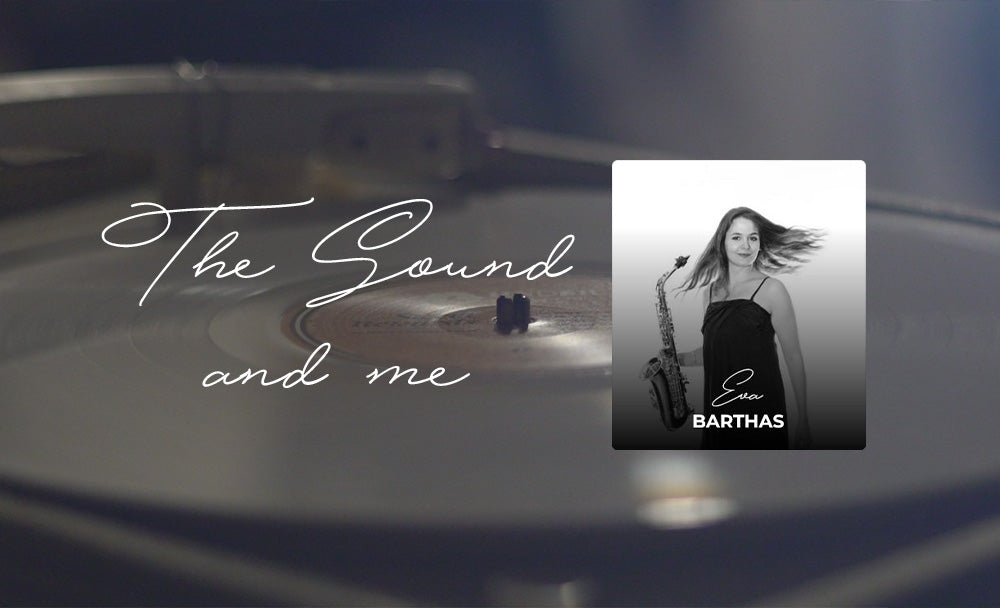The Sound and me #21 with Eva Barthas

Research of sound
"I think what's very important is to really have in mind what you want to sound like. And that also means having a lot of references to look for what we like. For me, it's partly saxophonists who have been my models, especially my professors with whom I had the chance to work. And also I had a long period when I was studying where I listened a lot to old recordings, especially Marcel Mule, Rudy Wiedoeft, who have really old sounds, a bit atypical sounds. But this is something that I was very attracted to. And then, listening to some of the recordings of what I did during my studies, I sometimes felt the influences I was able to pick up from these musicians. So since then, I've also evolved a bit according to that.
It's also quite interesting to see the evolution of research of sound during the studies and according to the people you work with. For example, I also went to Germany, I worked with Daniel Gauthier who had an aesthetic different from Claude Delangle with whom I worked at the CNSM. So that's pretty interesting to look for some references like that and then to make your own mix and find your own sound."
Search for a unity
"Also depending on the different ensembles I can play in, I will also try to adapt my playing, my sound... I am a saxophonist in the Orchestra of the French Republican Guard, and in that context, we're really looking for a fairly homogeneous sound, and we also try to blend in the orchestra. I noticed that the use of vibrato is quite sober. We're not all going to start to vibrate in our own way. We really try to have something quite unified and not having someone that stands out more, except for solos, obviously. We're really looking for a sense of unity and manage to blend with the other instruments, which will make the sound of the orchestra. The saxophone section also brings its colour to the orchestra, but it's still within a framework. You don't want it to stand out."
Being able to stand out
"I also had the opportunity to work in a quintet, so a saxophone quartet and piano, with the Alliage quintet. In this context, we did a lot of orchestral transcriptions. And that's where we had to fill in. Because the piano takes up a lot of space, so for us, even if you're a saxophonist ; it's a pretty powerful instrument but you had to be able to speak and to have an orchestra sound whereas you are 5 musicians. That was quite interesting too. Personally, it allowed me to maybe develop a bit more the sound power, because I perhaps tended to have a rather soft sounding, by nature. So it also helped me to have something more involved, let's say, in the way I play.
And then, the saxophone quartet, it's a bit similar, so it's always chamber music, but here you have to alternate between this very chamber music side where you're going to blend in with the other instruments, we're going to try to have consistency, and then when it comes to speaking, you have to be able to stand out, to have a sound that is perhaps a little more timbred, to develop the sound more. These are quite interesting things to work on.
And then there's traditional music where I could work with other instruments. In the group Dumka, there's trumpet, tuba, clarinet, drums and me on saxophone. And so the first challenge for me, was to get to take my place and to really have some body to do it, to work with the brass instruments, which are quite powerful, you have to be able to compete with them. But at the same time, the saxophone has this timbre, that brilliance that stands out too, which will rather merge with the clarinet which has a slightly softer sound but in this traditional music, we have quite similar characters. And this is also what will create the diversity of sounds in this ensemble. It's quite interesting to find both a sense of unity and the particularity of each instrument, that's what gives the band a bit of originality."
► Learn more about Eva Barthas
► See all the episodes on our Facebook page and our Youtube channel
► Discover the podcast The Sound and Me